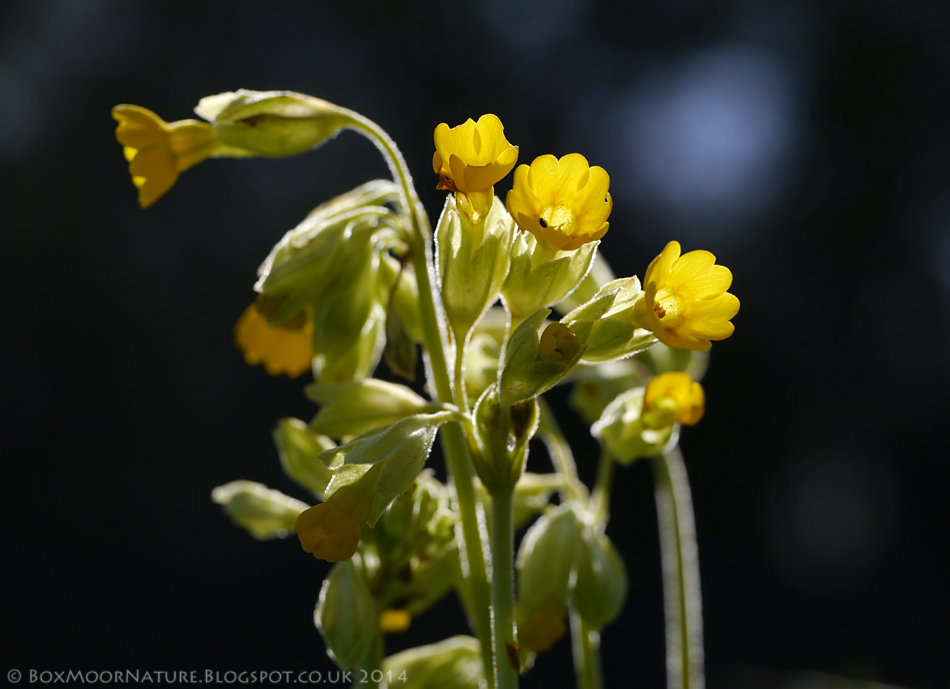I have been on the look out for ladybirds (Coccinella septempunctata) for a few weeks and finally discovered one of their hang outs. In a patch of succulent stinging nettles, by the north entrance to Dellfield, I unearthed numerous seven-spots (more than a dozen).
I was particularly careful not to disturb them. Why? Well, according to
A little more about Ladybirds before I move on. Traditionally, they are a gardener’s friend. They feed on all the little “pests” that vegetable and flower growers seek to be rid of: white flies, aphids, scale insects, mites and so on. In fact, legend has it that the prefix “lady” stems from this beneficent role. In the middle ages, European crops were plagued by pests. Farmers prayed to the Blessed Lady, the Virgin Mary, and along came Ladybirds, ridding the crops of the infestations and saving the Farmers’ livelihoods. From then onwards, the beetles became known as Lady Beetles or, in Germany, Mary Beetles (Marienkafer). The name eventually morphed into Ladybirds and Ladybird Bettles.
.png)
If you’re scared of spiders, beware the next few photographs. Once you get down and dirty in a patch of stinging nettles you will find all sorts of marvellous creepy crawlies. I lost count of the number of Nursery web spiders which had positioned themselves in warm, sunny spots on nettle leaves. I also came across this curious tiny “thing” (photographed right). It was approximately 2mm in length and, according to the clever people on the internet, it is a mummified aphid. Essentially, a parasitoid wasp has laid its egg in the aphid. I wonder if a Ladybird will come along and eat both the aphid and the incubating wasp egg *shudder*. I’m reminded of the song “I know an old lady who swallowed a fly”...perhaps it isn’t so unrealistic after all.
Clearly, the nettles were the place to dine. A common species of hoverfly also turned up, which was no doubt on the look out for aphids as well. (To enlarge the photographs, just click on them).
| Nursery Web Spider | Hoverfly (Platycheirus albimanus) | Nursery Web Spider |
It was all too easy to get absorbed into the microcosm of life within the nettles. But, elsewhere, all around the moorland, there are glowing Meadow Buttercups (the photograph below was taken on Station Moor)
| Hidcote Comfrey (Bovingdon Brickworks) | Cowslips (Bovingdon Brickworks) |
Walking through Snoxall's Moor, it's hard not to notice the pair of striking trees (photographed below, left). From a little research, I think they are Acer pseudoplatanus (Sycamore Maple) but happy to be corrected, if anyone can help. Whatever they are, when caught in the right light, they look most elegant and dramatic. Finally, to this week's Oak photograph. I can't say it's a roaring success but in as much as I wanted to capture the Cowslip-rich slope, leading down to the Oak, it works. As a footnote, for the birder in me, I've included a shot of the Grey Heron which frequents the canal by Bulbourne Moor.
| Acer pseudoplatanus | Dellfield Oak | Grey Heron |
(BN2).png)
.png)
.png)
.png)



(BN).png)
.png)

No comments:
Post a Comment